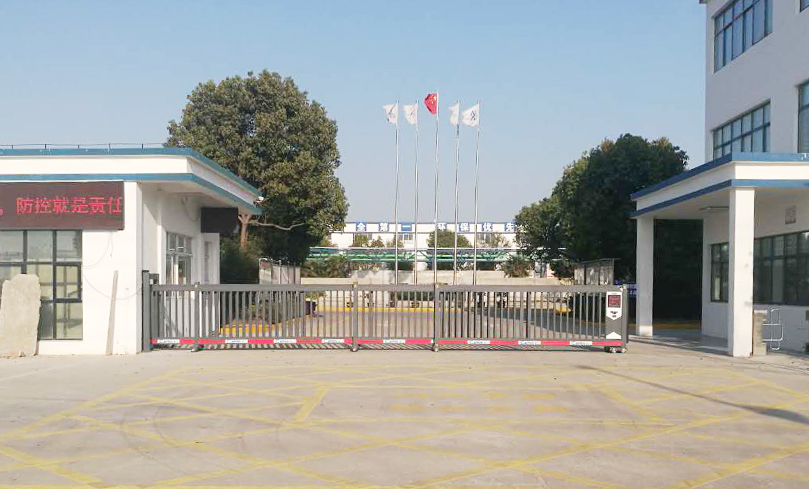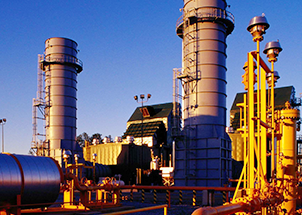

Extractive Distillation is one of the most important separation methods in chemical industry. As one of the special distillation processes with high selectivity, many people don't know it deeply. Today, the dioxane manufacturers will show you the basic concepts of extractive distillation, including operation characteristics and typical processes.
1. Definition
A third component (called extractant or solvent) is added to the raw material liquid to change the relative volatility of the original components and obtain separation. Different from azeotropic distillation, the extractant does not form azeotrope with any component in the feed liquid.
2. Operating characteristics of extractive distillation
In order to increase the relative volatility of separated components, sufficient additive concentration should be kept in the liquid phase of each plate. When raw materials and extraction solvent are added to the tower in a certain proportion, there must be a certain optimum reflux ratio. When the reflux without additives is too large, it will not improve the distillate composition, but will reduce the concentration of additives in the tower and make the separation more difficult. Similarly, when the reflux temperature at the top of the tower is too low or the additive addition temperature is low, the steam in the tower will partially condense and dilute the additive concentration of each plate.
In design, in order to make the concentration of additives in distillation section and stripping section approximate, extractive distillation feed liquid is often added into the tower under the thermal condition of saturated steam. In case of bubble point feeding, the concentration of additives in rectification section and stripping section is different, so different phase equilibrium data should be used for calculation.
In extractive distillation, additives are usually added in a large amount and have a high boiling point. A considerable part of the distillation heat energy consumption is used to increase the temperature of additives.

3. Typical process of extractive distillation unit
The main equipment is extractive distillation column. Since the boiling point of the solvent is higher than that of each component of the original solution, it is always discharged from the tower bottom. In order to maintain high solvent concentration on most of the tower plates, the solvent inlet must be above the raw material inlet. However, in general, it cannot be introduced from the top of the tower, because there must be several trays above the solvent inlet to form a solvent recovery section, so that the solvent concentration in the distillate can be reduced to a negligible level before being led out from the top of the tower. The solvent and heavy components are led out from the bottom of the extractive distillation tower and then sent to the solvent recovery device.
Generally, the heavy components are distilled from the solvent by distillation column and sent back to the extractive distillation column for recycling. Generally, the loss of solvent in the whole process is small, and only a small amount of fresh solvent needs to be added to compensate. For example, when separating butadiene from C4 fraction of hydrocarbon cracking gas, it is difficult to separate butadiene from other components by common rectification method because the boiling points and relative volatility of C4 fraction are similar, and butadiene and n-butane can form azeotrope. If extractive distillation is adopted and acetonitrile is added to C4 fraction as extractant, the relative volatility among components can be increased, so that butadiene, butane and butene with similar boiling points can be separated by distillation.
After the C4 fraction passes through the C3 and C5 fractions, it enters the rectification tower of butadiene extractant. In the presence of extractant acetonitrile, butadiene (including a small amount of alkyne) and acetonitrile are separated from other components, which are extracted from the bottom of the tower and entered into the analysis tower. In this tower, butadiene and alkyne are resolved from acetonitrile, and the extractant is recycled. Butadiene and alkyne enter the alkyne extractive distillation column, butadiene escapes from the top of the tower, and is washed with water to obtain finished butadiene.